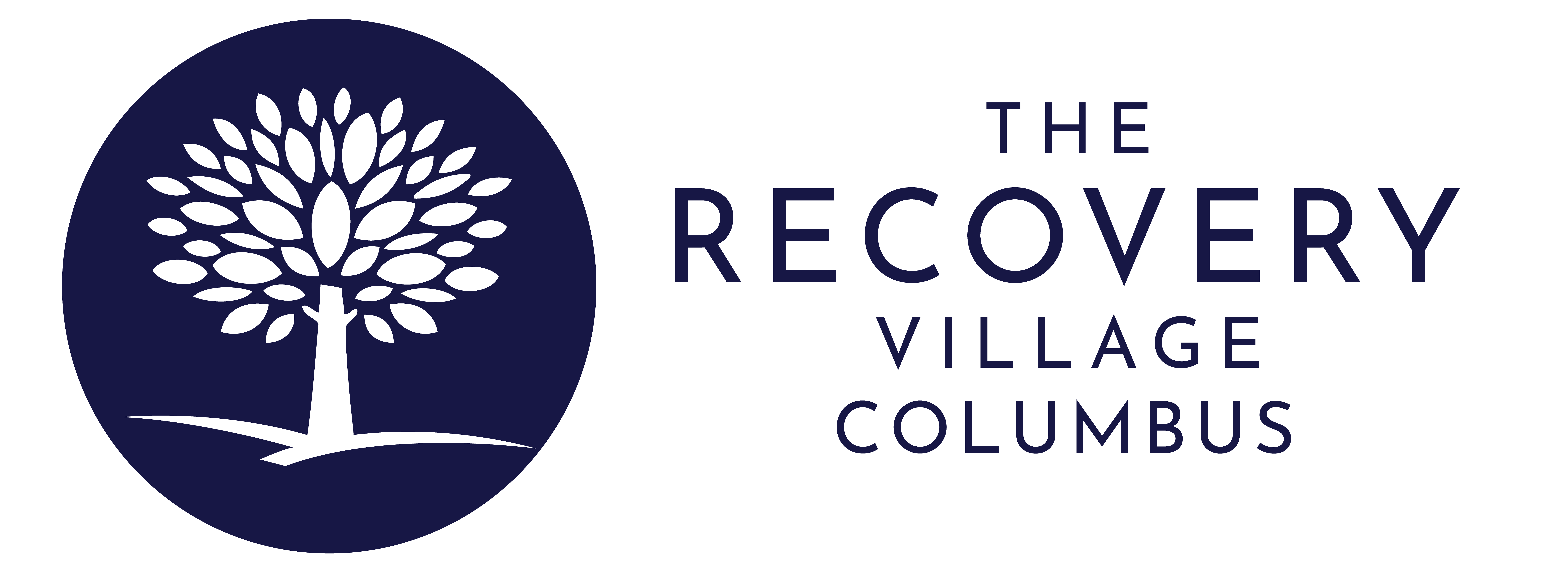Should Pharmaceutical Companies Have to Pay for the Opioid Epidemic?

By The Recovery Village Columbus
Last Updated: October 26, 2022
The opioid epidemic is a major public health crisis. Currently, about 130 Americans die daily from an opioid overdose. The problem has worsened over the past 20 years. Between 1997 and 2017, more than 400,000 people died from an opioid-related overdose. Many state and local governments blame drug companies for the crisis. However, although multiple drug companies were sued and criminally charged for false marketing, many factors came together to create the opioid crisis.
The Cost of the Opioid Epidemic
The opioid crisis is estimated to cost $78.5 billion per year. This figure includes addiction treatment, law enforcement and healthcare costs. Much of the cost is covered by the states where the opioid users live. Besides paying for services, states are losing tax money because many people who struggle with opioids are unable to work. One study estimated that states lost out on $37.8 billion in income and sales tax from 2000 to 2016 due to the opioid crisis. The budget shortfall and the costs of the opioid crisis severely impacted each state.
Drug Companies and the Opioid Epidemic
In 1996, the drug company Purdue Pharma came out with OxyContin, a long-acting form of the opioid oxycodone. The company heavily promoted OxyContin to doctors and made $1.1 billion in sales of the drug in 2000. Purdue trained its sales team to claim that because OxyContin was long-acting, the risk of addiction was low. Salespeople would tell doctors that the risk of OxyContin addiction was less than one percent. However, this claim relied on studies of people who only used OxyContin for a short time.
Meanwhile, OxyContin was being sold as a drug that could be used long-term in patients. This discrepancy was critical. In 2007, the federal government sued Purdue for making false claims about OxyContin. The government won the lawsuit and several Purdue executives pled guilty to criminal charges.
Many other companies followed in Purdue Pharma’s footsteps over the following years. One of them was Insys Therapeutics. In 2012, Insys came out with an under-the-tongue spray form of fentanyl. The drug was supposed to be used for cancer pain. Instead, Insys was accused of bribing doctors to use the drug and lying to insurance companies about why it was used. In May 2019, Insys executives pled guilty to criminal charges. In June 2019, Insys filed for bankruptcy.
Many of the first lawsuits against drug companies were brought by the families of people who overdosed on opioids. Over time, as the cost and scale of the crisis widened, states are bringing more lawsuits against the companies. To date, states and localities have filed more than 1,800 lawsuits against opioid drug companies. Many of these lawsuits follow the model of lawsuits brought against tobacco companies in the 1990s.
Some lawsuits accuse the drug companies of false marketing, such as the lawsuits against Purdue and Insys. Meanwhile, other lawsuits accuse the companies of flooding the market with opioids. These lawsuits claim the companies should have been able to predict that people would misuse the drugs. When lawsuits are won, the money has gone to treat opioid addiction and to support law enforcement.
Other Factors That Led to the Opioid Epidemic
Drug companies are not the only reason for the opioid epidemic. Experts think that other factors contributed to the opioid crisis. In the 1990s and 2000s, many influential groups pushed for policies that dramatically increased opioid prescribing:
- In 1990, a doctor from the National Institute of Health wrote an article in the influential Annals of Internal Medicine. He lobbied for more pain treatment for patients and said that opioids were rarely addictive when used for pain. However, more recent data shows that almost 30% of people given opioids for pain misuse the drugs.
- In 1995, the American Pain Society echoed the 1990 article and pushed for pain to be recognized as the fifth vital sign. The group lobbied for doctors to ask about and treat pain the same way they treat other vital signs like blood pressure.
- In 1997, the Drug Enforcement Administration published a statement supporting patient access to controlled substances for pain. State medical boards, which license doctors, also joined in.
- In 1999, overdose deaths from prescription opioids began increasing
- In 2000, the Joint Commission, which accredits hospitals, created standards for treating pain. Doctors needed to show they were adequately treating pain for hospitals to pass their standards. It is important for hospitals to pass Joint Commission standards. If hospitals fail the standards, they may not be paid by insurance companies and programs like Medicare. Experts think that the Joint Commission standards, in particular, led many hospitals and doctors to increase opioid use. Hospitals where opioids were easily prescribed for pain received higher satisfaction scores from patients.
In 2002, the Institute for Safe Medicine Practices began noting a safety problem with increasing opioid use. Within the next decade, the number of opioid prescriptions and the number of opioid-related deaths quadrupled. The trend is not slowing down. As of 2017, the number of opioid overdose deaths is more than six times higher than it was in 1999.
The Opioid Epidemic and the Factors that Led to it are Complex
Many different groups played a role in the opioid crisis. Alleged illegal activity by some drug companies is responsible for many opioid prescriptions that might not otherwise have been written. Fines from those companies pay for programs to help those hit by the epidemic. However, the drug companies were not the only entities who pressed for increased opioid use as the crisis began. Although the drug companies were found guilty for false marketing in several cases, actions by other groups helped to compound the effects and may have worsened the crisis.

Questions?
Our Recovery Advocates are ready to answer your questions about addiction treatment and help you start your recovery.
